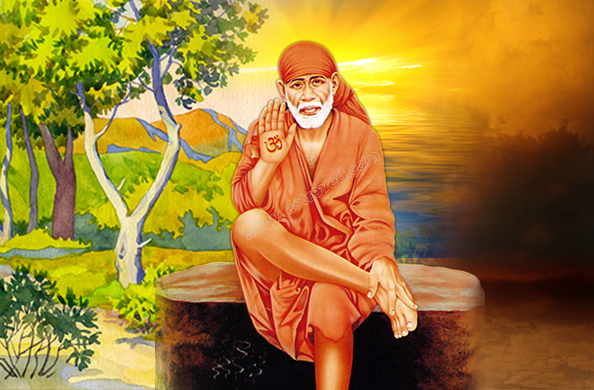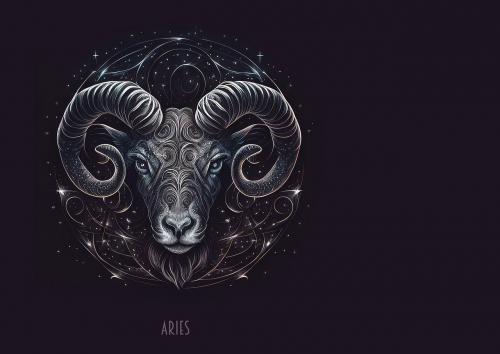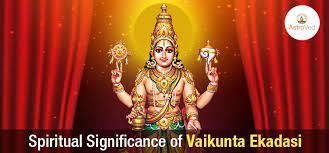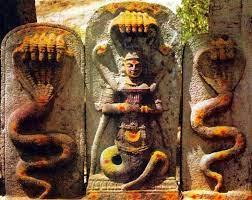History of Shirdi Sai Baba
Introduction
Shirdi Sai Baba is considered a great saint for people from several faiths, including Hindus, Muslims, Christians, Zoroastrians, and others. People from other religions, too, have started worshipping him. The origins of Sai Baba are not exactly known, but it is believed that he was born in 1835 to Hindu parents, a Brahmin couple in the Nizam state during the British rule in India. He is the reincarnation of Sri Dattatreya, the Aadi Guru, the divine child saint of Sage Atri and Mother Anasuya, from the Vedic Age.
Legend
of Shirdi Sai Baba – The Early Years
A
Fakir brought up Sai Baba at a young age and according to Islamic traditions.
When the Fakir realized his end was near, he gave Sai Baba away to be taken
care of by a Hindu scholar named Venkusa, who brought up the child. Sai Baba
took leave of his caretaker at the age of sixteen and entered the village of Shirdi
in Maharashtra.
Sai
Baba sat under a Neem tree in an asana posture and did meditation. The villagers
wondered at this young boy going without food and even water for days. Mahalsapati,
the village chief and priest, hinted at Sai Baba, saying that he was akin to a
holy spirit.
Sai
Baba asked the villagers to dig to the roots of the Neem tree. The villagers found
a slab of stone, with lamps, lit without oil or air, and a vessel shaped with a
cow’s mouth on a wooden table. Sai Baba said these were the remnants of his
Guru, who had performed penance here. He told the villagers to worship the Neem
tree, not him.

No
one knew about the origins of Sai Baba. People found him to be unique, and he
did not associate himself with anyone. He suddenly disappeared from Shirdi one
day, and no one knew his whereabouts.
In
1858, Sai Baba returned to Shirdi permanently. For nearly five years, he sat
under the Neem tree and meditated. He later shifted into a mosque nearby and
named it Dwarakamayi. Baba initiated and maintained a sacred fire in the mosque
called Dhuni. Devotees visited him there. He gave away the holy ash to the
visitors. People believe the ash has healing properties and is the best
medicine for curing any ailment.
People worshipped Sai Baba as God. He used to cook every day and distributed the food as ‘Prasad’ (holy offering) to all devotees. With time, the volume of people visiting him increased.
Significance
of Sai Baba - Beliefs and Teachings
Ask Shirdi Sai Baba was not a proponent of traditions or any specific religion.He believed in the moral code of love, inner peace, kindness, helping others, forgiveness, contentment, and devotion to God. Compassion was his watchword, and he wanted people to be kind and respectful of anyone asking for help, and to treat them well. He never discriminated against anyone because of caste, community, or religion. Sai Baba’s love is divine, and he is there for everyone who seek his blessings.
Shirdi
Sai Baba– Disciples& Devotees
Shirdi
Sai Baba had many disciples who achieved as much fame as he did, including Ganapathy
Rao Sahasrabuddhe, Nana Saheb Chandorkar, Upasni Maharaj of Sakori, Haji Abdul
Baba, and Radhakrishna Mai, to name a few.
Mahalsapati, the village chief and priest at the local temple, was the first devotee of Shirdi Sai Baba. Initially, Sai Baba had a small group of followers, who later multiplied manifold. People from different parts of the world are devotees of Sai Baba.
Shirdi
Sai Baba – Miracles
Shirdi
Sai Baba is said to have performed hundreds of miracles. He attained Samadhi in Shirdi. He is believed
to have cured and saved people even after attaining Samadhi.
People
can read the Sai Charitha for getting relief from health issues and family
problems. Devotees have affirmed seeing Shirdi Sai Baba in their dreams and
getting his advice.
Shirdi
Sai Baba is a renowned spiritual Guru and a reincarnation of Sri Dattatreya,
revered as a saint by Hindus, Muslims, Christians, and people from other faiths,
too, around the world. Many movies in multiple languages have been taken,
depicting his history.







Comments